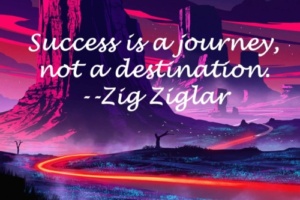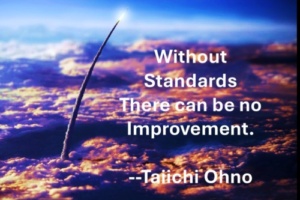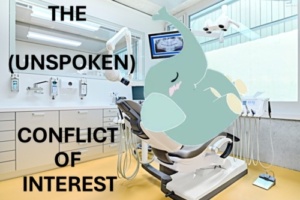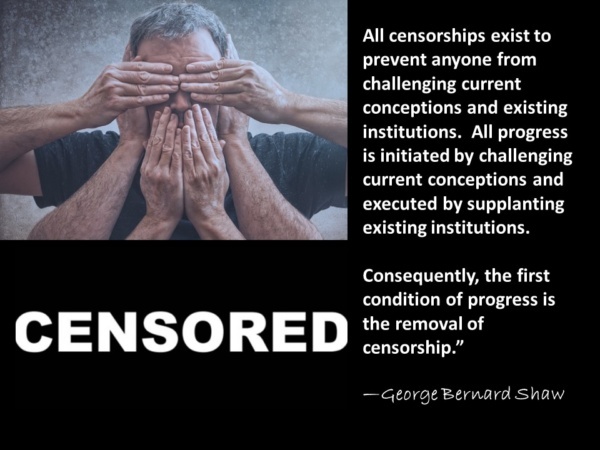


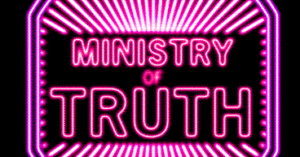 On one occasion I was interviewed by a famous practitioner with a huge following and social media presence. The host asked me if I would create a course for his teaching website. “Of course, I would love to.” I replied. I was immediately referred to his “Minister of Education” to create the course. The Minister of Education turned out to be a gatekeeper who wanted to control the content. Often gatekeepers do the bidding of corporate sponsors who only care about selling their products for their bottom line. The Minister of Education would not allow me to present any course that featured the use of copper bands. Copper bands can be used not only for impressions but also to fabricate temporary restorations and to create new options for patient treatment. Shouldn’t practitioners have the opportunity to learn techniques that could actually help them in practice? Sadly, the Host–who prided himself on being “anti-establishment”–refused to intervene on my behalf with his “gatekeeper.” What a fake! By condoning censorship on his website he has joined the ranks of the “establishment.”
On one occasion I was interviewed by a famous practitioner with a huge following and social media presence. The host asked me if I would create a course for his teaching website. “Of course, I would love to.” I replied. I was immediately referred to his “Minister of Education” to create the course. The Minister of Education turned out to be a gatekeeper who wanted to control the content. Often gatekeepers do the bidding of corporate sponsors who only care about selling their products for their bottom line. The Minister of Education would not allow me to present any course that featured the use of copper bands. Copper bands can be used not only for impressions but also to fabricate temporary restorations and to create new options for patient treatment. Shouldn’t practitioners have the opportunity to learn techniques that could actually help them in practice? Sadly, the Host–who prided himself on being “anti-establishment”–refused to intervene on my behalf with his “gatekeeper.” What a fake! By condoning censorship on his website he has joined the ranks of the “establishment.”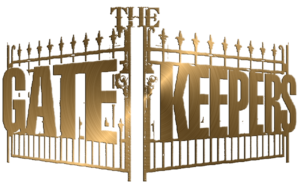
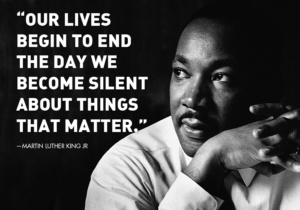 There is also a subtle form of gatekeeping that takes place on academic stages. It is difficult for new voices to be heard on academic stages. I can testify that it has been extremely difficult during the course of my career to obtain speaking engagements–in spite of the fact that I personally know many of the educators and meeting planners involved with staging major meetings. Because I have been extensively involved with meeting planning, I understand quite well that meeting planners need successful turnout in order to make their meetings financially sound. It is not surprising that meeting planners are often loath to take a chance on a speaker who is a relative unknown or who might be considered “controversial.” Meeting planners used to be sticklers that speakers come to their venues without conflicts of interest, but more and more they want those speakers to come with financial sponsorship. What a contradiction!
There is also a subtle form of gatekeeping that takes place on academic stages. It is difficult for new voices to be heard on academic stages. I can testify that it has been extremely difficult during the course of my career to obtain speaking engagements–in spite of the fact that I personally know many of the educators and meeting planners involved with staging major meetings. Because I have been extensively involved with meeting planning, I understand quite well that meeting planners need successful turnout in order to make their meetings financially sound. It is not surprising that meeting planners are often loath to take a chance on a speaker who is a relative unknown or who might be considered “controversial.” Meeting planners used to be sticklers that speakers come to their venues without conflicts of interest, but more and more they want those speakers to come with financial sponsorship. What a contradiction!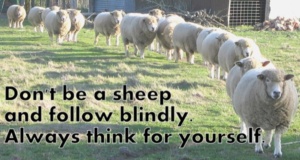 In 1962, Thomas Kuhn, an American physicist and philosopher of science noted in his landmark book “The Structure of Scientific Revolutions,” that we tend to see the world through prisms of paradigms, which he described as “some implicit body of intertwined theoretical and methodological belief that permits selection, evaluation and criticism.” In other words, as Einstein concisely remarked: “we only see what theory allows us to see.” It is amazing to me how often theories become accepted fact without any definitive proof whatsoever! What happens when inconvenient facts refuse to fit the paradigm?
In 1962, Thomas Kuhn, an American physicist and philosopher of science noted in his landmark book “The Structure of Scientific Revolutions,” that we tend to see the world through prisms of paradigms, which he described as “some implicit body of intertwined theoretical and methodological belief that permits selection, evaluation and criticism.” In other words, as Einstein concisely remarked: “we only see what theory allows us to see.” It is amazing to me how often theories become accepted fact without any definitive proof whatsoever! What happens when inconvenient facts refuse to fit the paradigm?